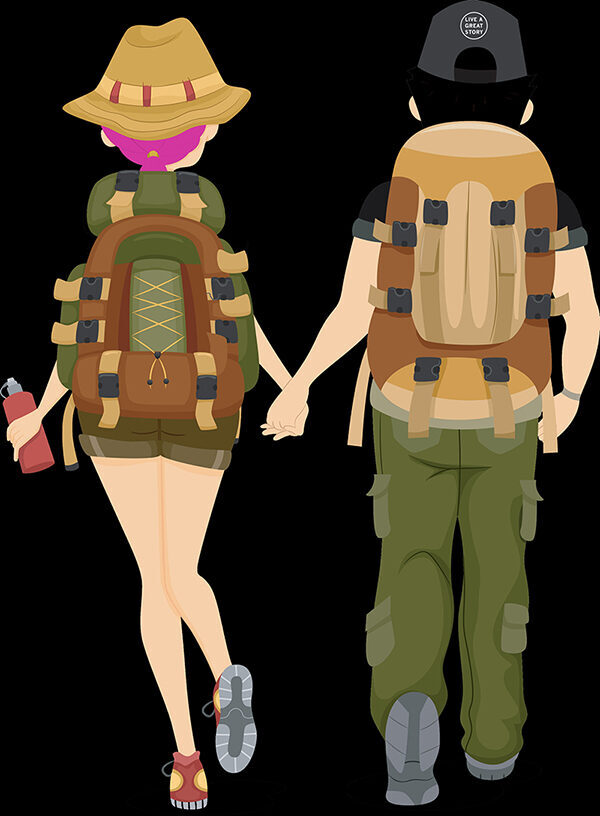Approximately 40 wildland firefighters continue to fight off the 24-acre Kolob Terrace Fire, in Hop Valley, Zion National Park. https://www.nps.gov/zion/learn/news/update-wildland-firefighters-continue-to-address-kolob-terrace-fire.htm
With the advent of longer nights, shorter days and stretched shadows rendering angled light, we know that winter has got a grip on the calendar. Though many photographers silently sigh this time of year from being more limited in their craft, they shouldn’t. Winter weather brings an atmospheric magic—almost mystical and surreal—where pastels, whites and even black-and-white reign supreme.
Welcome to the world of winter, where solitude and graphic landscapes are sovereign. This is when atmospherics present with one-of-a-kind images. It’s also where the ferocity of winter weather and the sting of arctic winds can easily dampen a photographer’s spirit. But gain heart from the fact that this is the season when your unique photographic eye can really shine. Don’t let your camera hibernate—use these tips to maximize your winter wildlife photography.
Go Out In Harsh Weather
This capture of a bison in extreme weather works well because it tells the story of the icy cold and snow in almost-white-out conditions and a lonely bison with snow-matted fur. I was careful to focus on the eye and to avoid any snow fall from blurring that focus.
When the earth’s axis tilts, causing extreme weather as well as plunging temperatures, you know winter has arrived. But that doesn’t mean you should cuddle up around the hearth waiting for better conditions. Learn to embrace atmospheric weather, as it lends a unique, almost mystical quality to your images. Break out the tripod and slow down the shutter speed to erase falling snow. Or use a faster shutter speed to freeze the action of falling snow. And don’t forget to turn down the AF tracking sensitivity in your camera when shooting in falling snow.
The advantages of photographing wildlife in winter are many and can include later sunrise, crisp, clear days resulting in enhanced clarity, bluer skies and the simplicity of a white background. Dramatic weather conditions with heavy snow, frost-covered scenes and mist-shrouded landscapes along with low-angled sunlight and long shadows will produce images with mood, emotion and golden glow.
Harsh weather creates unique photo opportunities that will set your photos apart from others. The harsher the conditions, the better the photos can be. No cookie-cutter mold here.
The post Top Tips For Winter Wildlife Photography appeared first on Outdoor Photographer.
